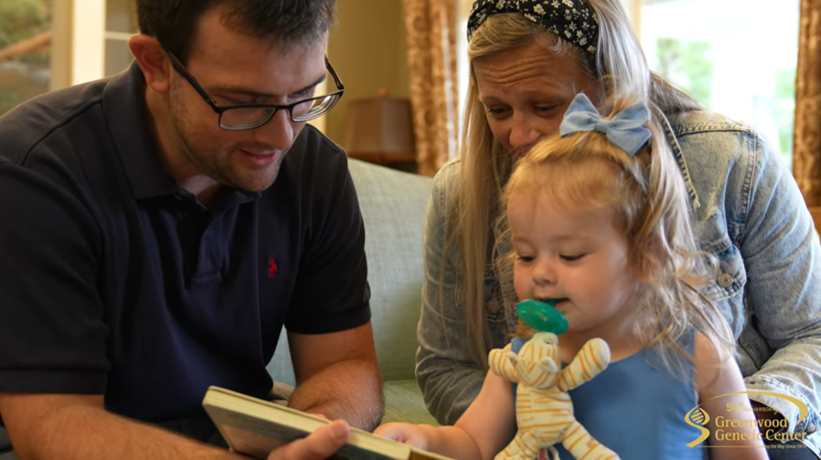This biochemical test is a quantitative measurement of acid sphingomyelinase enzyme activity can be used as a 1st tier test for patients with a clinical suspicion of Niemann-Pick A/B disease. Demonstration of deficient sphingomyelinase enzyme activity is considered the gold standard to confirm a diagnosis of Niemann-Pick A/B disease.
2 weeks
82657
$200
Niemann-Pick disease caused by acid sphingomyelinase deficiecncy is subdivided into two types. Type A, also called neuronopathic, is the more severe. These patients will usually present with hepatosplenomegaly within the first few months and will have progressive neurologic deterioration typically beginning by 12 months. A cherry-red spot on the retina will eventually be present in all affected children. Children with Niemann-Pick type A do not typically survive past 3 years. Type B, or non-neuronopathic, is usually milder with a later onset. Progressive hepatosplenomegaly, gradual deterioration in pulmonary function, and an abnormal lipid profile are common manifestations for these patients. A small percentage of individuals with type B will have neurologic signs or a cherry-red spot.
This test can be requested for patients with a suspected diagnosis of Niemann Pick type A or B. Demonstration of deficient enzyme activity is considered the gold standard to confirm the diagnosis.
ultra-performance liquid chromatography and tandem mass spectrometry (UPLC-MS/MS)
The acid sphingomyelinase enzyme analysis is performed on dried blood spots. A minimum of three circles need to be filled in. Each circle should contain one drop of blood (about 100 microliters). A whole blood sample (3-5 ml) in a green top, sodium heparin tube can also be submitted for this test.
Whole blood should be sent over overnight at ambient temperature and needs to arrive to the lab the next day. For a dried blood spot: When the sample has dried 3-4 hours, fold cover at score line, over sample, and tuck into flap. Samples can be mailed at ambient temperature.
Call our laboratory at 1-800-473-9411 or contact one of our Laboratory Genetic Counselors for assistance.
Robin Fletcher, MS, CGC
Falecia Thomas, MS, CGC
Alex Finley, MS, CGC
